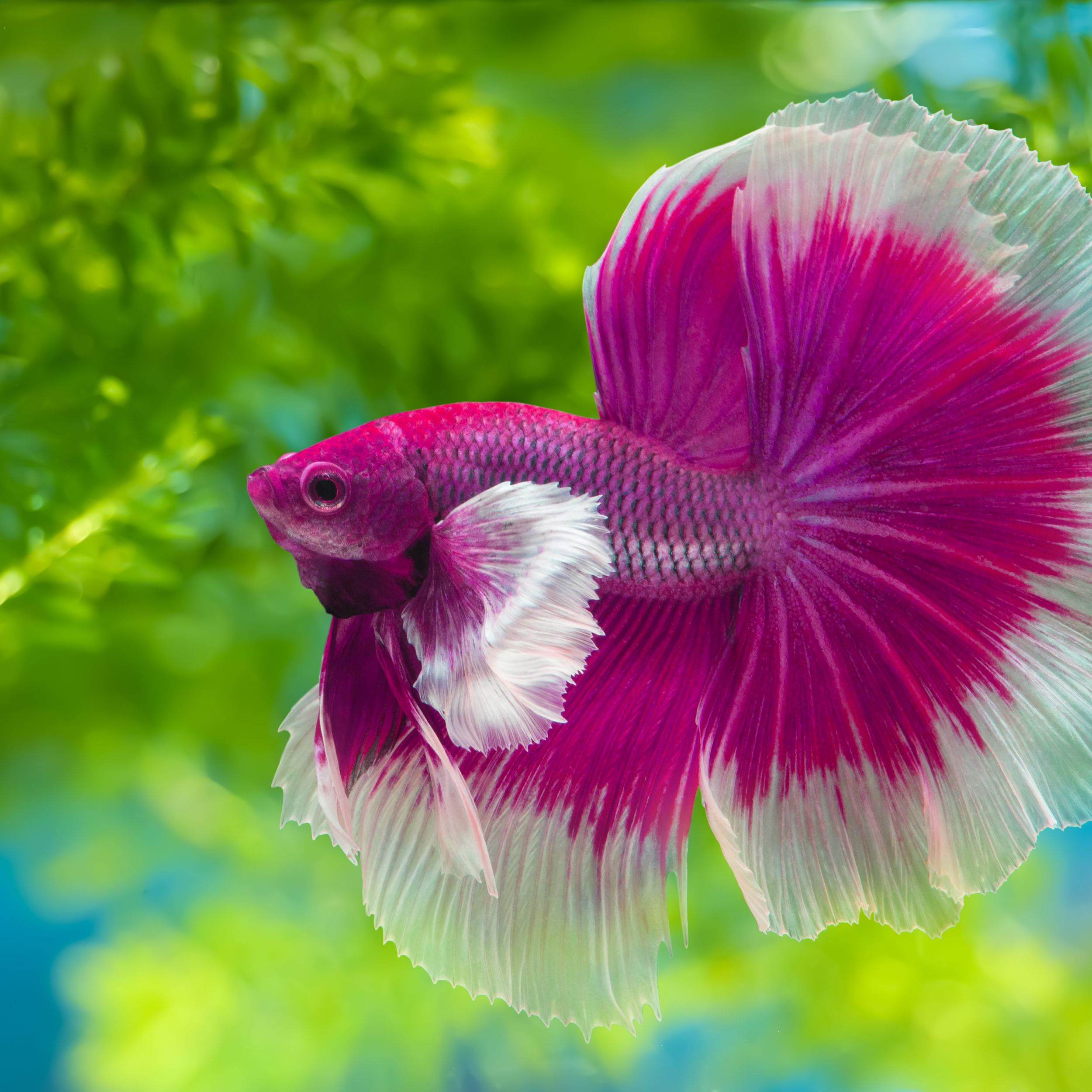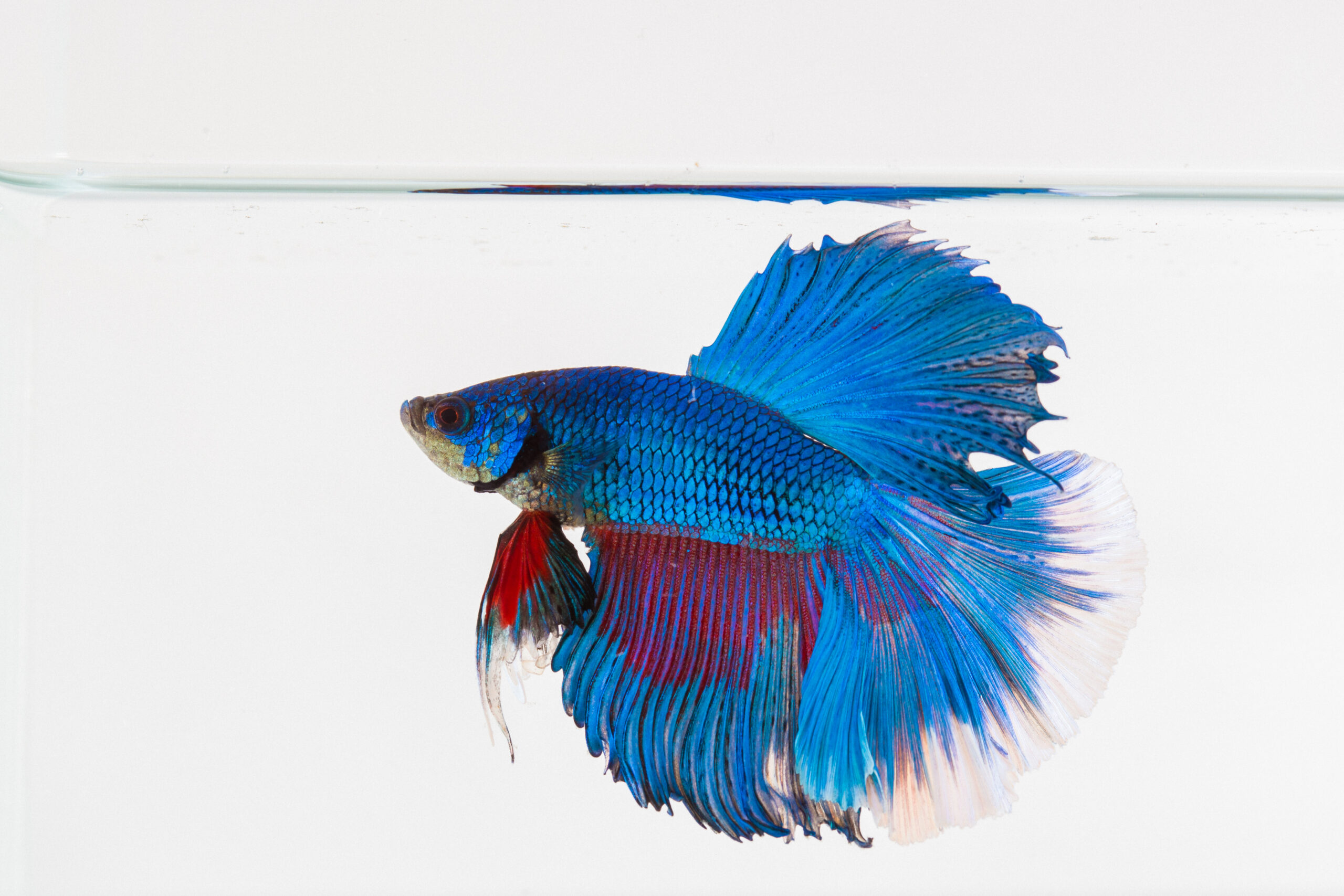Exactly how to Create the Perfect Betta Fish Environment at Home
Exactly how to Create the Perfect Betta Fish Environment at Home
Blog Article
Breeding Betta Fish: a Comprehensive Step-By-Step Overview to Successfully Raising Child Bettas From Eggs to Their Adult Years
Breeding Betta fish is a thorough venture that calls for careful preparation and execution to guarantee the successful advancement of fry from eggs to develop fish. As the male Betta faithfully constructs a bubble nest and guards the priceless eggs, the subsequent phases of treatment and transition demand focus to information and knowledge of best techniques.

Picking Breeding Pairs
When starting the trip of breeding Betta fish, selecting the appropriate breeding pairs is critical to attaining preferable characteristics and a healthy and balanced family tree - betta fish. The primary step in this process is to determine the details attributes you desire to boost or preserve, such as shade, fin type, and body shape. It is important to choose genetically varied pairs to stay clear of inbreeding, which can bring about wellness concerns and unfavorable attributes
Evaluate possible breeding candidates thoroughly. A healthy and balanced male Betta ought to show dynamic shades, an active temperament, and well-formed fins, while the woman needs to likewise present vibrant pigmentation and a rounded belly, suggesting preparedness for spawning. Observing the temperament of both fish is crucial, as hostile or excessively shy people may not reproduce successfully.
Documents of family tree is equally vital. Keeping documents of the parent fish's origins can help you track hereditary characteristics and possible problems. In addition, get in touch with trustworthy dog breeders or online sources for support on choosing suitable pairs. Inevitably, spending time in the option process will dramatically boost the chance of producing strong, dynamic children that satisfy your reproduction objectives (betta fish).

Preparing the Reproduction Storage Tank
Producing an ideal breeding atmosphere is an essential step after selecting suitable sets for Betta fish. The breeding tank ought to be particularly designed to offer comfort and stimulate the all-natural reproduction behaviors of the fish. Start with a storage tank size of at the very least 10 gallons to ensure appropriate room for both the man and female Bettas.
Keep a mild filtration system to maintain the water tidy while staying clear of strong currents that can emphasize the fish. Furthermore, an air stone can be included to offer oxygenation without disrupting the water surface too much.
Temperature regulation is essential; aim for a stable variety of 78-82 ° F(25-28 ° C) utilizing a trustworthy heater. The pH degree need to be maintained in between 6.5 and 7.5, and regular water changes are required to make sure high water quality.
Incorporate drifting plants or generating sponges to develop hiding spots for the woman, while likewise urging bubble nest building by the male - betta fish. Ultimately, guarantee the container is without sharp designs and any kind of potential risks, as the welfare of the fish should constantly be prioritized throughout this important stage of reproduction.
The Breeding Process
Normally, the reproducing procedure for Betta fish involves a collection of unique and observable behaviors that suggest readiness for reproduction. The male Betta starts by constructing a bubble nest at the water's surface, which works as a site for the fertilized eggs. This nest is essential, as it gives a safe environment for the eggs till they hatch.
As soon as the nest is established, the male will present courtship actions, such as flaring his fins and showing vibrant colors to draw in the woman. The lady, upon sensing the male's preparedness, will certainly respond by displaying upright stripes along her body, indicating her receptiveness.
The fertilized eggs then fall to the bubble nest, where the male thoroughly collects and returns them to the this hyperlink nest. Following this, the male thinks responsibility for protecting the nest and guaranteeing the security of the eggs until they hatch, usually within 24-36 hours.
Caring for Betta Fry
Caring for Betta fry needs mindful interest to their atmosphere and nutrition to guarantee healthy growth and development. After hatching out, Betta fry are very little and prone, demanding a steady and clean habitat.
Feeding Betta fry is equally important. Feed them tiny quantities numerous times a day, being cautious not to overfeed, which can lead to water high quality problems.
Transitioning to Adult Bettas
As Betta fry mature, transitioning them to grown-up Bettas is a vital phase that requires mindful monitoring of their setting and social interactions. This process generally begins when the fry get to around 6 weeks old, whereupon they can be slowly introduced to a more structured living environment.
To facilitate this transition, it is important to ensure that the water criteria-- such as temperature level, pH, and ammonia levels-- are optimum and stable. Grown-up Betta look at this site fish thrive in cozy water (around 78-80 ° F) with a pH of 6.5 to 7.5. Slowly accustom the fry to these problems to decrease tension.
Social interactions are an additional vital element; male Bettas are infamously territorial and aggressive. Consequently, it is suggested to different men into private tanks as they develop. Female Bettas can be housed together, yet care ought to be required to monitor for indications of aggressiveness.
Furthermore, nutritional adjustments ought to be made as the fry expand. Incorporate top notch pellets and live foods to sustain their growth and wellness. By managing these aspects effectively, you can promote an effective change to adulthood for your Betta fish.

Verdict
Effective reproduction of Betta fish calls for mindful interest to detail throughout the entire process, from selecting genetically diverse pairs to providing optimal treatment for fry. By making certain ideal reproduction problems and preserving water high quality, the possibility of healthy children enhances substantially. Furthermore, a well balanced diet plan and gradual adaptation to grown-up settings are vital for the development and growth of Betta fish. Complying with these steps carefully promotes a thriving population of Betta fish, enhancing both their reference health and vigor.
Report this page